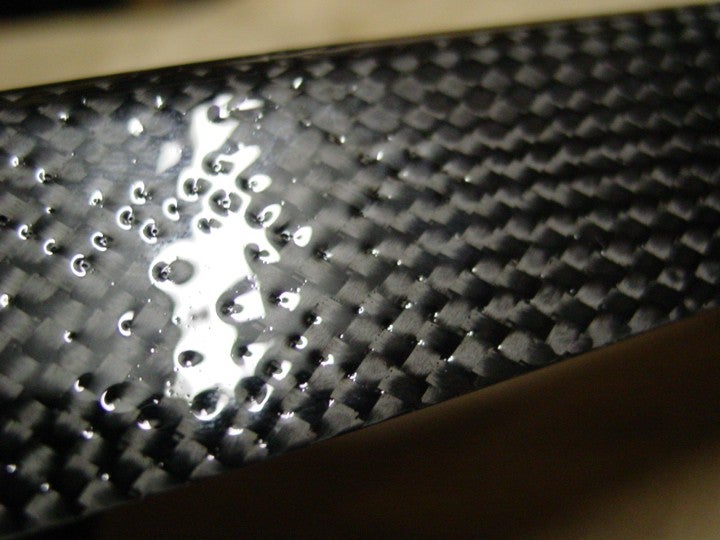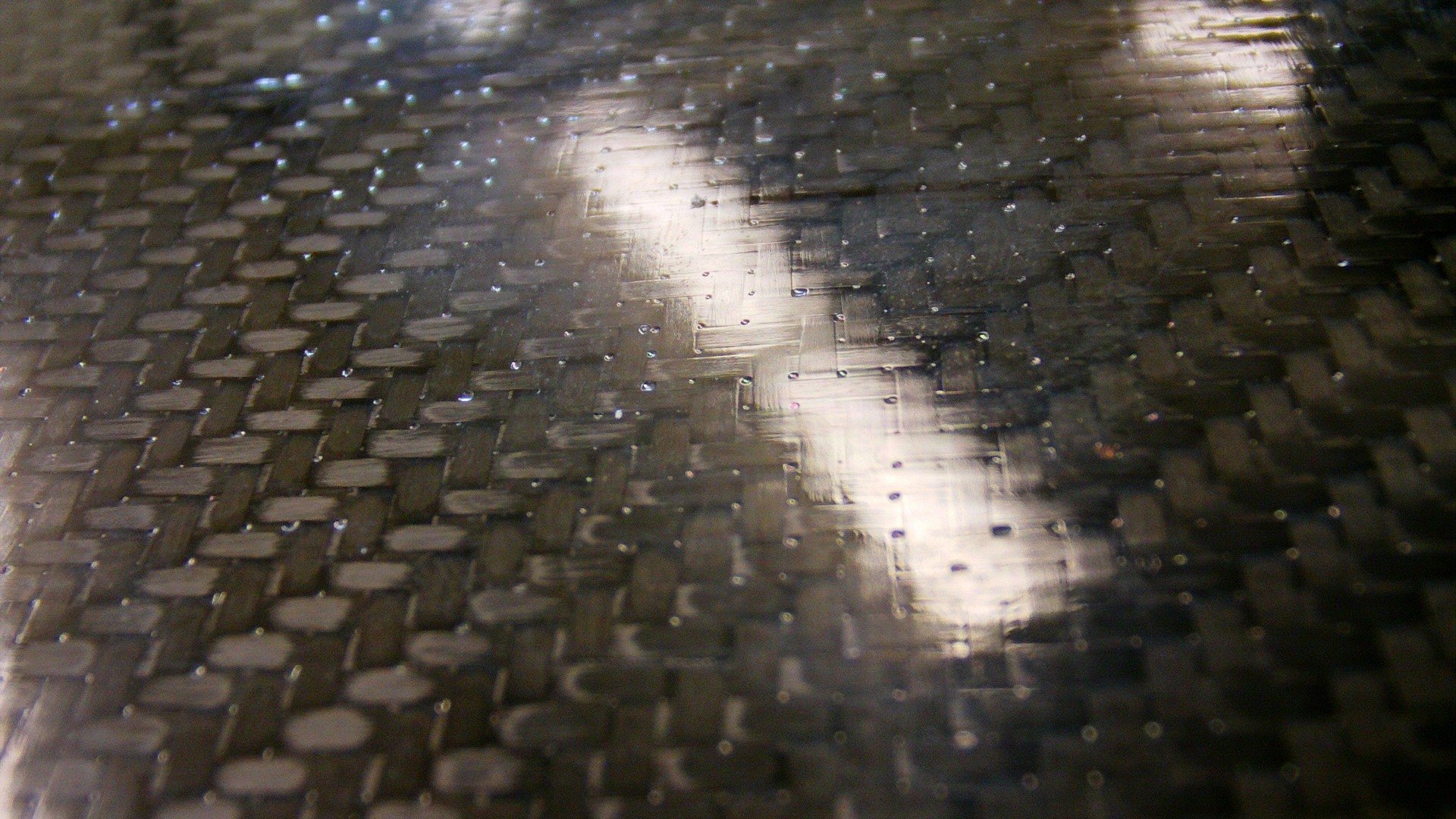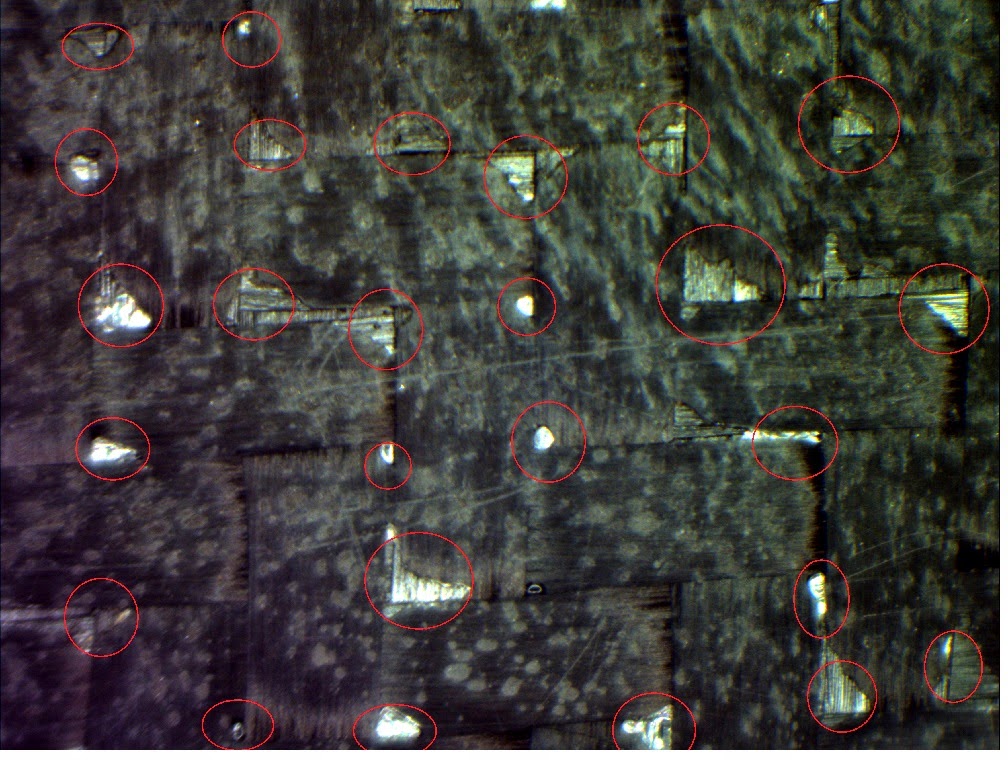Hi Frank,
I have sent you a handful of emails about this.
To explain the reason why we lacquered the whole rim, experience has taught us that it's a better job to let the brake blocks remove the lacquer instead of leaving a hard masked edge.
Running a bike in normal conditions, the braking surface would be clear of the lacquer within a couple of miles. We don't see this as a problem.
I can only apologise for the wheels being late returned to you. Sometimes we experience a backlog of work, very sorry. We deal with a lot of manufacturers and race teams, meaning any delay is multiplied.
The paintwork is not poor, it's the nature of the beast that you are at the mercy of raw carbon fibre.
The pin holes in the lacquer are not silicone or grease contamination (as your painters say). Close inspection of the picture will show that there's a uniformed pattern in the pin-holes, where the carbon weave meets. If it was poor paintwork, the pattern would not be uniform.
On a carbon bike frame that has a glossy finish, a resin is used before the carbon fibre is laid into the mould, this completely seals the carbon fibre. The manufacturing process of a glossy resin finished carbon frame that has no imperfections cannot be compared to the finish that you would get if you lacquer a raw carbon surface. Two entirely different manufacturing processes and results.
The best you could ever hope for on painting raw carbon fibre is that (by luck!) there are no pin-holes in the carbon fibre, prior to lacquering. It's a cosmetic process that cannot be scrutinised too closely.
The wheels came from Campagnolo in a raw, ultra lightweight un-lacquered finish with extremely light slide transfers on. This is why Campagnolo and many other carbon manufacturers will not lacquer raw carbon. Matte finishes and slide transfers would have hidden these pin-holes. They have been there since they came out of the mould, nothing to do with our finish.
It is purely cosmetic. Raw carbon fibre that has been lacquered will not stand close scrutiny. Please be aware, if you are thinking of taking these wheels elsewhere to be re-done, the likelihood is that they will come back looking exactly the same and weigh a lot more. The pin-holes are 'V' shaped, meaning the more lacquer you apply, the more the outer edge will ripple.
Here's a picture of your rim:
 Screen Shot 2017-02-07 at 17.30.35
Screen Shot 2017-02-07 at 17.30.35 by
No Quarter Paint, on Flickr
(notice the pin-holes are at the corner of the fibre, this is not silicone or poor application of the lacquer)
Here's a simple google search of 'carbon pin-holes'
James
 DSC_2357 by No Quarter Paint, on Flickr
DSC_2357 by No Quarter Paint, on Flickr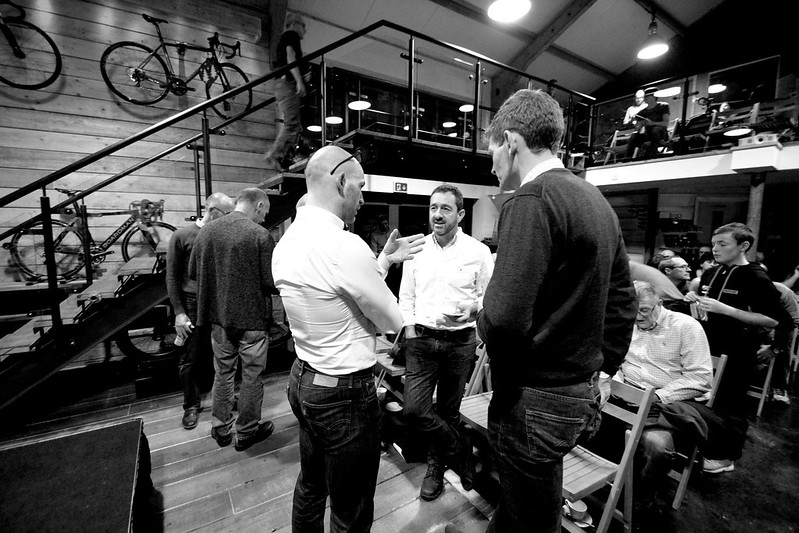 DSC_2386 by No Quarter Paint, on Flickr
DSC_2386 by No Quarter Paint, on Flickr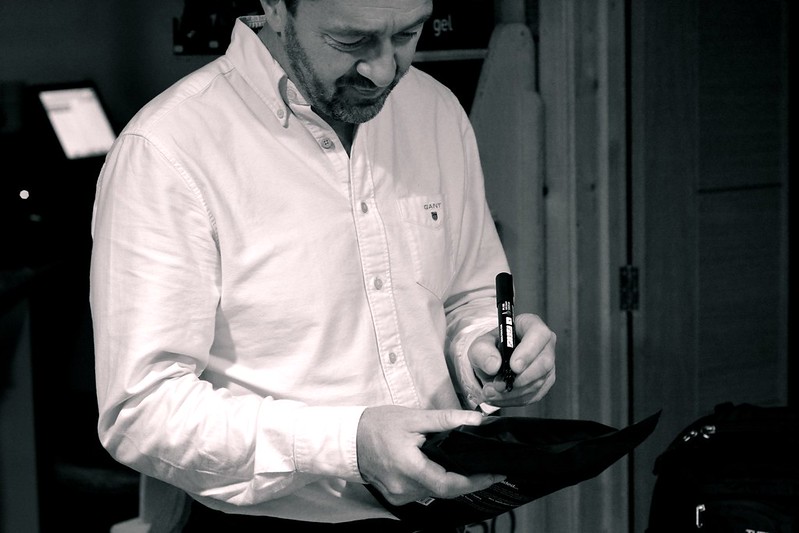 DSC_2390 by No Quarter Paint, on Flickr
DSC_2390 by No Quarter Paint, on Flickr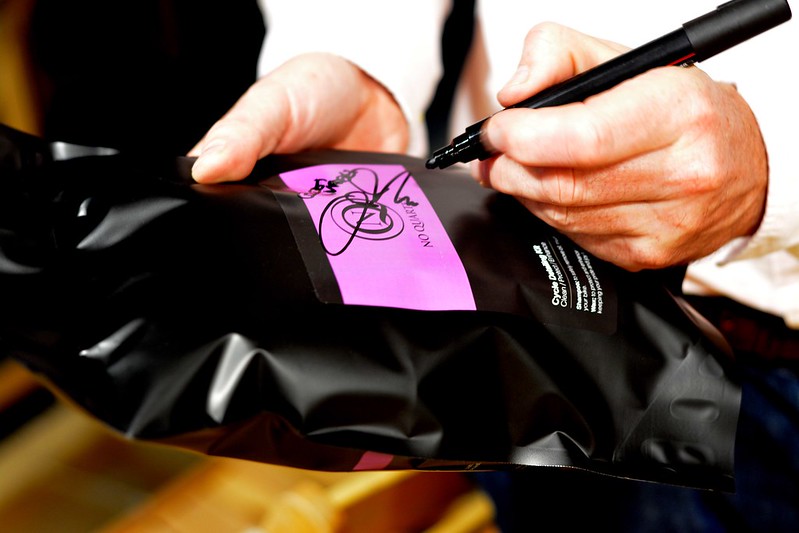 DSC_2393 by No Quarter Paint, on Flickr
DSC_2393 by No Quarter Paint, on Flickr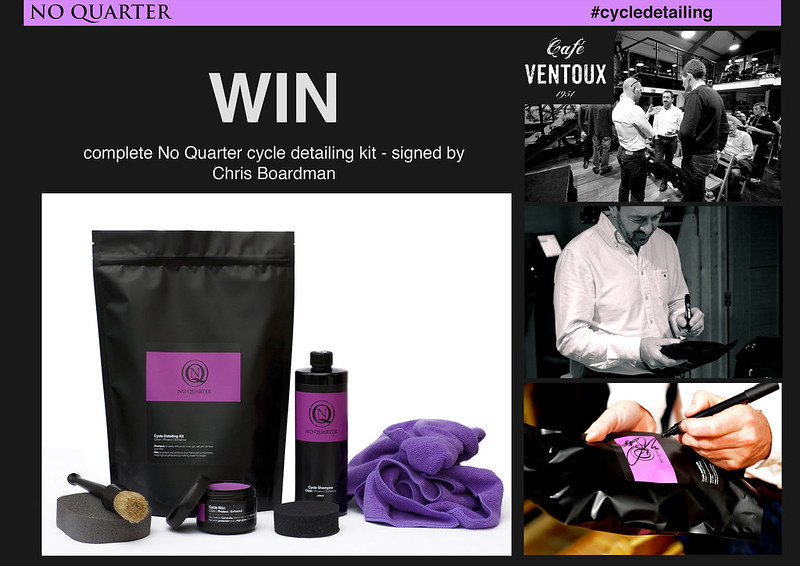 No Quarter detailing kit giveaway! Signed by Chris Boardman by No Quarter Paint, on Flickr
No Quarter detailing kit giveaway! Signed by Chris Boardman by No Quarter Paint, on Flickr
 Screen Shot 2017-02-07 at 17.30.35 by No Quarter Paint, on Flickr
Screen Shot 2017-02-07 at 17.30.35 by No Quarter Paint, on Flickr